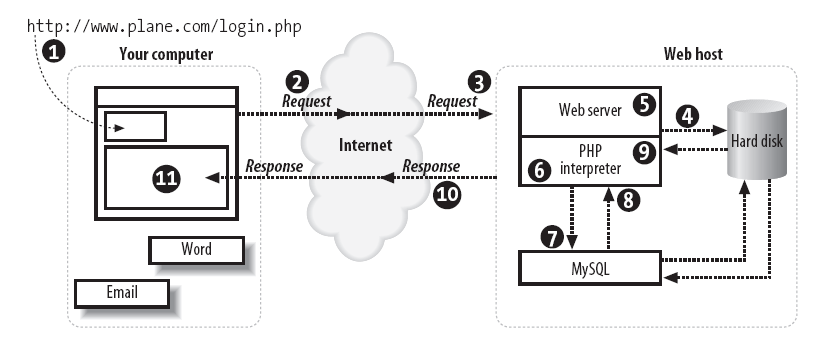

View the httpserver directory, which contains Writing browser-based and command-line clients. You also learn about the client side: making different
Http client server how to#
You learn how to write the code for a serverįrom binding and listening to responding to requests. It is to write Fart HTTP servers and clients.īeginning with the hello world of servers, This tutorial provides several examples that show how easy To make HTTP requests from a browser-based client Work only with standalone, command-line programs. Important: Browser-based programs cannot use the dart:io library. The classes and functions you need to write HTTPĬontains some higher-level classes that make it easier to write Server finally ends (closes) the response(s).Server writes response of request or several, possibly interleaved, requests.Server can continue to accept other requests.Server accepts and receives request (and continues to listen).The server can handle many requests at a single time,

Makes an exclusive connection to an IP address and (either a user typing in a browser or a script running in a browser), To send data from one program to another over the internet.Īt one end of the data transfer is a server HTTP (Hypertext Transfer Protocol) is a communication protocol used Refer to Asynchronous Programming: Futuresįor information about using these classes. Which are not explained in this tutorial. HTTP servers and clients rely heavily on.The http_server package provides higher-level building blocks.Clients send requests using an HTTP method request.


HTTP specification specifies how clients' request data will be constructed and sent to the server, and how the servers respond to these requests. It provides a standardized way for computers to communicate with each other. The default port is TCP 80, but other ports can be used as well. HTTP is a generic and stateless protocol which can be used for other purposes as well using extensions of its request methods, error codes, and headers.īasically, HTTP is a TCP/IP based communication protocol, that is used to deliver data (HTML files, image files, query results, etc.) on the World Wide Web. This is the foundation for data communication for the World Wide Web (i.e. The Hypertext Transfer Protocol (HTTP) is an application-level protocol for distributed, collaborative, hypermedia information systems.


 0 kommentar(er)
0 kommentar(er)
